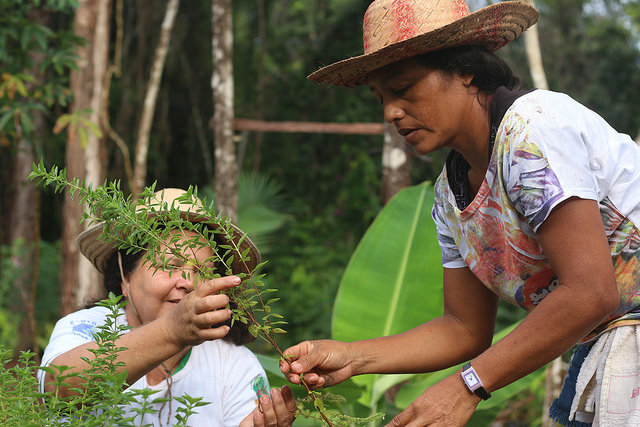The reconstruction of rural institutions
At the end of the 1980s, most agriculture in Latin America and the Caribbean shared the following features: an over-protected agricultural sector; strong intervention from the state; excessive regulations and obstacles to interactions with other economic agents; a static land market; and a bimodal type of productive organization, i.e. a few powerful economic units and a large mass of smallholder producers.




